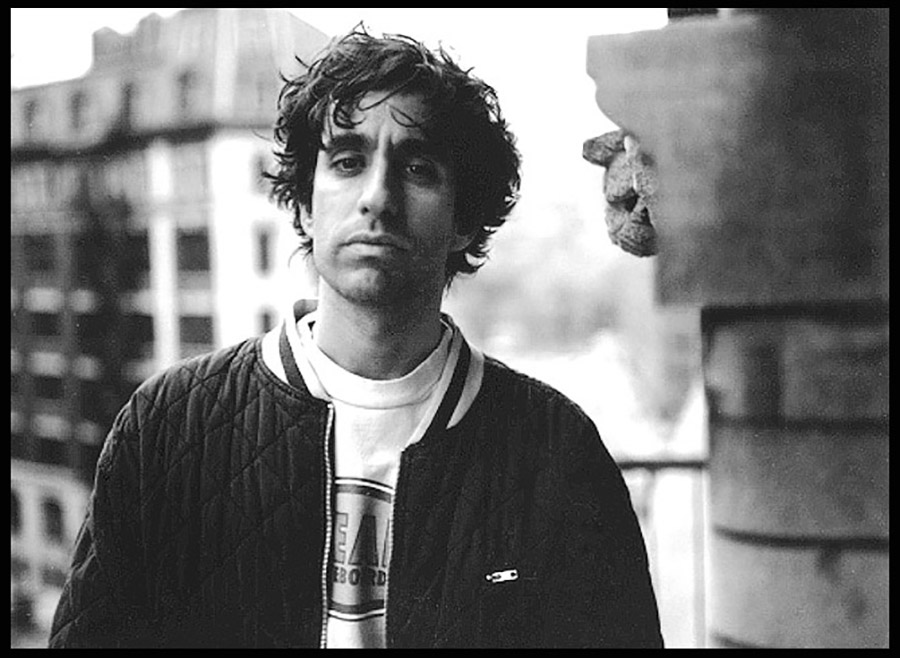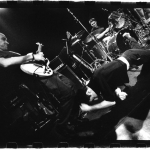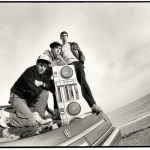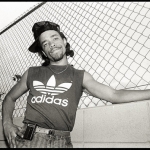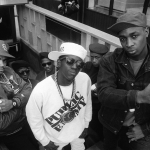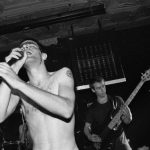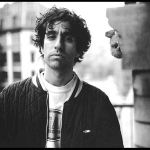Long-haired hippies, tie-dyed patterns, and incense soaked mantras of peace and love mark the atypical trends of the 70s. However, it wasn’t long before the hippies turned in their fringe vests for leather jackets with safety pins and patches, and rowdy punk subcultures began to emerge from the shadows of their grimy, DIY night clubs. Not only did the music get louder and faster, but the punk rock movement gave rise to an entirely new alternative spectrum of attitudes, fashion, and art. At the start of the 80s, when rebellious bands such as Fugazi, Adolescents, Dead Kennedys, and Bad Brains took flight, a young and curious photographer, Glen E. Friedman, was there to capture and provide a deeper, more raw visual understanding of this pivotal social transition.
Before he found himself behind the lens and snapping photos of some of punk, hip-hop and skating’s most seminal players, teenage Friedman began his photography career while skating down the streets and through the empty pools of West Los Angeles, better known then as Dogtown. His profound belief in rightfully encapsulating the essence of any experience, fueled the insider feelings that resonated from Friedman’s photographs; a quality that opened unimaginable doors for him and his photography, becoming the youngest staff member of Skateboarder magazine. For Friedman photography was just a way of capturing his friends – legends like Jay Adams, Tony Alva, and Stacy Peralta – and the skate culture they all embodied.
As Friedman began to photograph shows he attended, he helped in shedding light on some of punk music’s most influential bands like Black Flag, Minor Threat, and Circle Jerks, and introduced these bands to the media-consuming world. Through his involvement in the underground punk scene, Friedman was exposed to the politics, perspectives, and DIY principle that has now influenced his work ethic and passion to share these outlooks with the rest of the world. From album covers to magazine spreads, Friedman has made a name for himself as a notable figure in the punk subculture.
As mainstream music rapidly progressed into the hip-hop genre, Friedman once again found himself immersed in a movement to document the styling’s of the Beastie Boys, Public Enemy, and Run-DMC. At the same time, Friedman delved further into his own view of societal issues and amplified his involvement with alternative subcultures. Friedman’s photographs greatly portrayed his own transitions and self-discovery that occurred from the influences of the bands and artists he photographed.
Besides the zines and coffee table books he’s published over the years, Friedman has been featured internationally in multiple galleries, collections and exhibitions, as well as explored working as a music and film producer. His projects and photographs have without a doubt become part of music’s history. It’s safe to say Friedman has always been in the right place, at the right time, and his remarkable documentation and ideologies are indispensable to his generation. A photography legend indeed.
- Portrait shot by Brett Ratner, NYC circa 1991.


